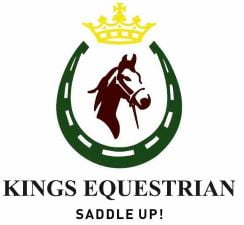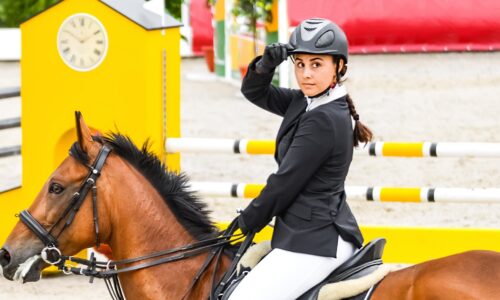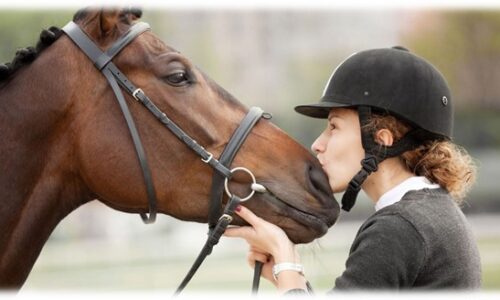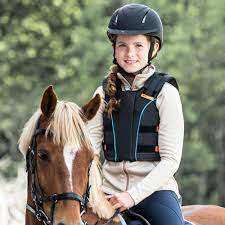COURSE DESCRIPTION
Riders at Level 3 will now demonstrate the ability to ride independently. Contact with the horse’s mouth should be as steady and sympathetic as possible at all three paces. Riders must understand the hand (rein) and how it affects the horse’s mouth to achieve a goal (i.e. slow down). The riders must know how to release the pressure when the goal is achieved.
The movements should be demonstrated with accuracy. Riders are expected to know and to consistently demonstrate knowledge of correct diagonals throughout the riding portion, including in the “jumping” phase.
Although riders are now expected to ride an individual flat test, other horses should be in the vicinity so riders will not have to deal with a panicked, lonely horse.
The flat test is not regarded as a dressage test. The flat tests from this level forward are only to provide the riders with an opportunity to demonstrate the requirements independently.
The test organizer will provide a ring assistant to ensure safety during independent, group warm up i.e. have all candidates on same rein at one time. The organizer will provide a “caller” for the flat test.
On successful completion of this course, you will be able to:
Rider 3 – Stable Management Requirements
Turnout for stable management should be neat and workmanlike. Paddock boots, work boots, or riding boots and neat sweat pants or slush pants over breeches are acceptable. Loose, baggy jeans or shirts are not acceptable Hair should be tied back. Ball caps that cover the eyes are discouraged.
Candidates will be expected to:
- Disassemble and assemble a snaffle bridle and “put it up” in a figure of eight
- Recognize and describe “thrush” and that it’s spread can be controlled by attention to the hooves
- Put on and remove a blanket, with leg straps and belly surcingle
- Know that they should loosen the girth, run up the stirrups, take the reins down from the neck, put on a sweat sheet or cooler and walk the horse until it is cool after exercise
- Discuss the daily care of the mane and tail. They should know what brushes are used and how often the tail should be combed out
- Demonstrate the safe tying up of a hay net with attention to the height and the type of quick release knot used
Rider 3 – Riding Requirements (Flat)
Riders will be required to demonstrate:
- Knowledge about their own equipment with proper name, including boots Knowledge about how the equipment functions is not required Martingales (not German) are allowed
- The correct use of a whip/crop by putting both reins in one hand, and smoothly tapping the horse with the whip/crop directly behind the rider’s
- A “show ring reverse” The horse must come to the inside of the ring on the diagonal, and half circle in the new direction back to the rail
- An understanding of the size and shape of a 20m circle, starting and ending in the same
- The ability to ask for the transition at the The rider should “prepare” the horse for the transition by asking for it slightly before the letter as the transition may take a few steps to complete
- Correct position at walk, trot and canter
- Rising and sitting trot without stirrups
- Identifying own horse’s canter lead
- Change rein on the short diagonal with accuracy and control
- Dropping and regaining stirrups at the trot
- Consistent knowledge of diagonals and how to change the diagonal as required
Rider 3 – Riding Requirements (Pole work/Jumping)
- Trot poles and jump an X maintaining the jumping position on the approach, over the fence and upon landing over the cross rail
- Demonstrate medium mane release
- Demonstrate control of trot and straightness of approach and Horse should land at canter and be brought back to trot before reaching the end of the ring. Riders should return to a “full seat”, 3 point position for the transition
- Trot a course of cross rails and regain trot before a turn; focus on path of the course and the ability to bring the horse back to trot before the turn to prepare for the next trot approach
- Maintain a balanced forward seat position. If rising trot is done through turns, rider is to be on the correct rising/posting diagonal.
- Demonstrate confidence, safety and control
Course Features
- Lectures 43
- Quizzes 0
- Duration 12 weeks
- Skill level All levels
- Language English
- Students 1
- Certificate Yes
- Assessments Yes






